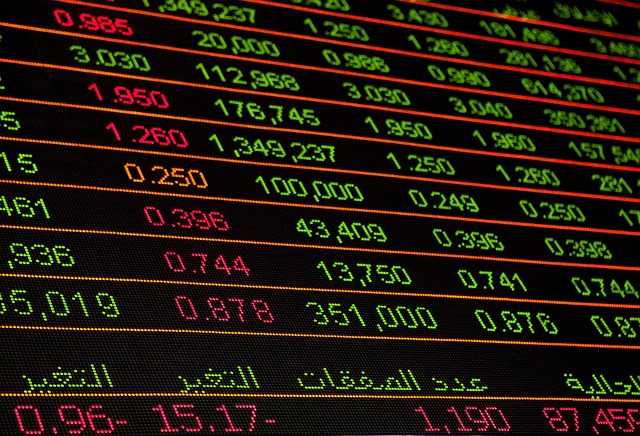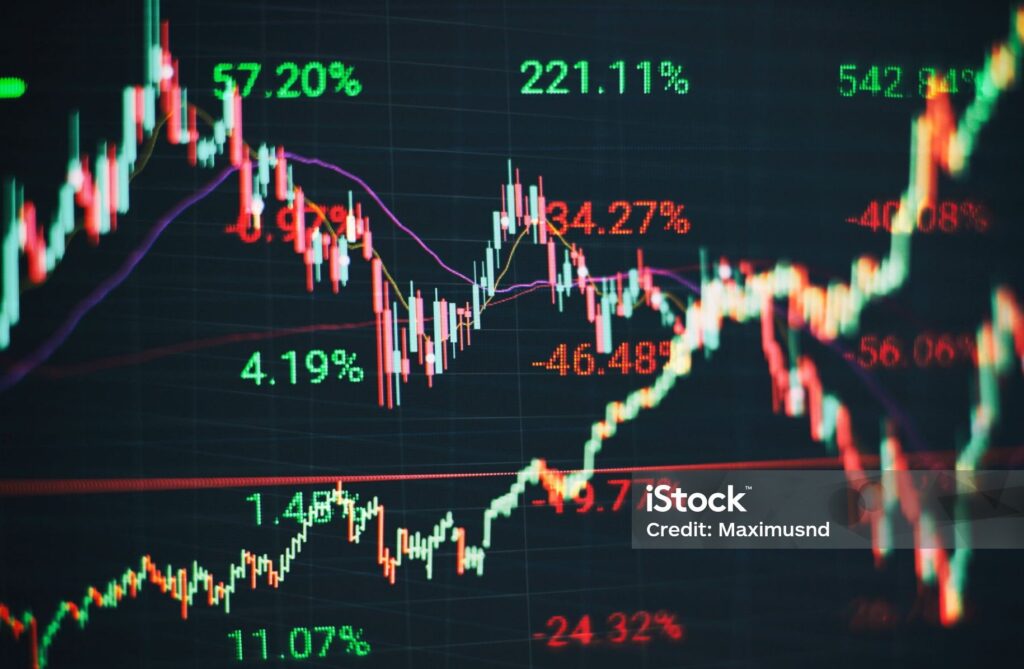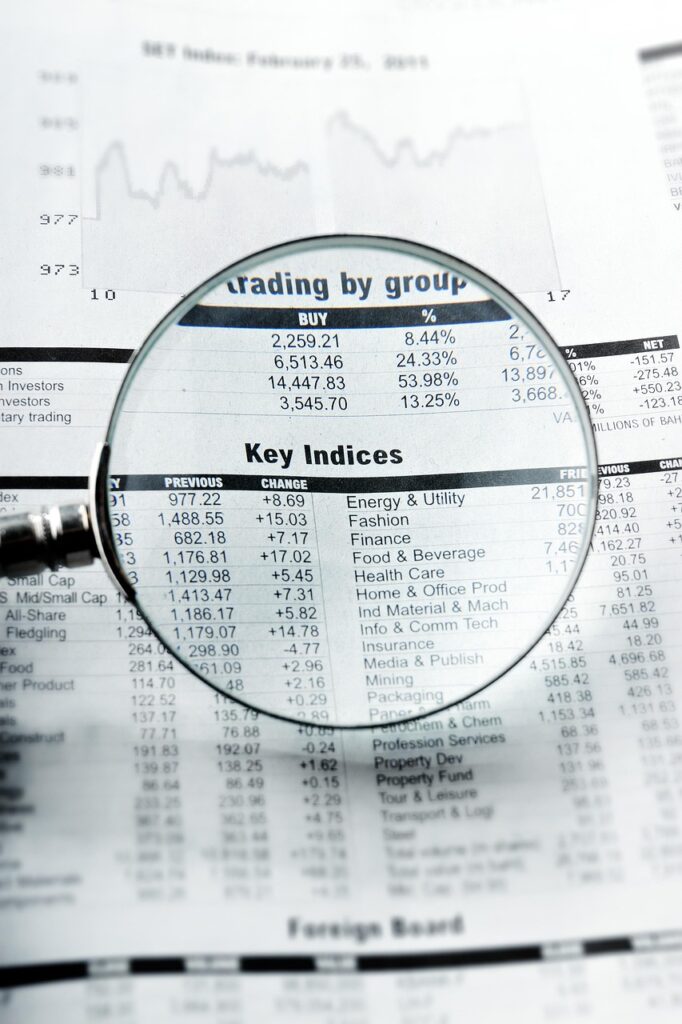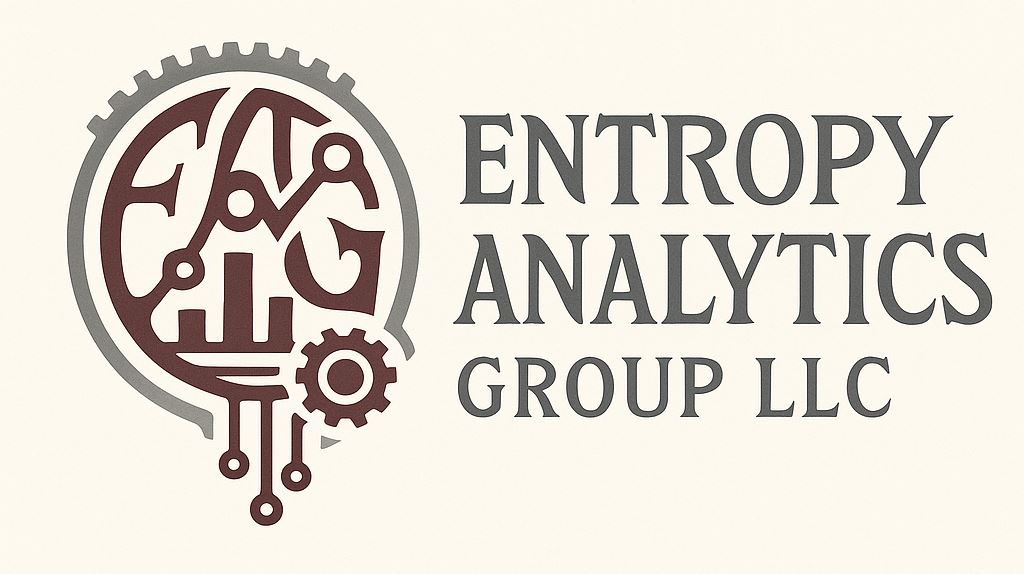Current Tariff Policies and the Stock Market – Which Industries are the Least Volatile?

Tariffs are back in the headlines—and markets are repricing trade-exposed sectors accordingly. In late September 2025, the U.S. announced new measures including steep levies on select pharmaceuticals, heavy trucks, and furniture/cabinetry, with implementation slated for October 1. These moves add uncertainty for import-reliant manufacturers and retailers, and they may stoke downstream price pressures. Reuters+1 Historically, when tariff risk and macro noise rise, investors tend to rotate toward “defensive” industries whose demand is less cyclical. Consumer Staples—producers of everyday essentials—are widely viewed as defensive and have exhibited comparatively lower volatility across cycles. Utilities and Healthcare often sit in the same bucket, supported by regulated revenue models and nondiscretionary consumption. Fidelity+1 That pattern is consistent with long-running evidence on “low-volatility” equity profiles: portfolios tilted toward less volatile names (often concentrated in Staples and Utilities) have shown more stable return paths than the broader market. While not a guarantee of outperformance, the risk profile is typically calmer—an attribute many allocators prize during policy shocks. S&P Global+1 What it means now: industries most exposed to tariff pass-throughs—autos/heavy equipment, home furnishings, and select retail categories—could see wider earnings bands and multiple compression until trade paths clarify. Conversely, demand resilience and regulated frameworks can make Consumer Staples, Utilities, and segments of Healthcare relatively steadier havens for capital, subject to usual idiosyncratic risks (e.g., rate-sensitive utility valuations, reimbursement changes in health care). Reuters+2Axios+2 Bottom line: In tariff-heavy regimes, consider emphasizing defensive sectors for volatility control while rigorously monitoring policy timelines, supplier mixes, and pricing power at the issuer level. Risk isn’t eliminated—but it can be rebalanced toward businesses with more durable demand and clearer cash-flow visibility.
Stock Trend Analysis – Employing Machine Learning

Machine learning (ML) shines when the problem is structured, the labels are honest, and the data pipeline is airtight. Our focus—mid-term stock trends over 20–180 trading-day windows—fits that mold. Framing the problem. We treat each symbol-window-start as an observation and label it by whether the realized, annualized return meets a threshold (e.g., ≥20%, ≥30%, ≥40%). This converts trend hunting into a supervised classification task with clear success criteria. Features that matter. Beyond raw returns, we engineer volatility bands, rolling drawdowns, momentum deciles, gap/earnings proximity flags, liquidity and spread measures, sector/market regime indicators, and calendar seasonality tokens. Crucially, all features are timestamp-safe—derived only from information available at decision time. Models and validation. Gradient-boosted trees (e.g., LightGBM) provide strong tabular performance and interpretable attributions. We use rolling-origin (walk-forward) splits, symbol-group stratification, and nested tuning to avoid leakage. Evaluation emphasizes class-balanced metrics (AUC-PR), calibration (Brier score/Platt scaling), and cost-aware utility curves that reflect the portfolio’s risk budget. Risk controls. We retain delisted names to avoid survivorship bias, normalize corporate actions, and stress-test on regime breaks (vol spikes, liquidity droughts). Drift detectors monitor population shifts; retraining is gated by documented triggers and peer review. From scores to decisions. Outputs are probability-calibrated signals. We rank opportunities, apply position-sizing rules (Kelly-lite caps, turnover and liquidity limits), and enforce portfolio-level exposure guards. Every release is versioned (data, code, manifests) for auditability and reproducibility. Takeaway. ML doesn’t replace research judgment—it scales it. With disciplined features, leakage-proof validation, and governance, machine learning transforms noisy market history into decision-grade probabilities for repeatable, time-tested trend selection.
Deploying Our Data via RowZero – Benefits and Recommendations

RowZero provides a fast, spreadsheet-native interface for working with large analytical tables—ideal for our windowed return metrics and repeatability scores. Below are the practical benefits our clients see, followed by recommendations to get the most from the deployment. Key Benefits Speed at scale: RowZero handles wide tables (e.g., 20–180 day windows, threshold flags, repeatability %) with responsive filtering and grouping, enabling rapid hypothesis testing without exporting to desktop tools. Spreadsheet familiarity: Analysts can sort, filter, pivot, and collaborate using a familiar grid, reducing ramp time while preserving auditability. Live refresh: We can push versioned datasets and deltas on a release cadence; consumers always know which manifest/version they are using. Governed sharing: Access controls and dataset-level permissions align with our tiered delivery (symbol cohorts, sectors, or bespoke universes). Recommendations Adopt version tags: Pin analyses to a dataset version (e.g., EAG-trend-2025.09.01) to ensure reproducibility and clean comparisons across updates. Use saved views: Create named views for common filters (e.g., “S&P 500, 40% threshold, 80% repeatability, 90–120 day windows”) to standardize workflows. Bring your joins: Keep lightweight reference tables (sectors, benchmarks, watchlists) in RowZero to enable quick, self-service joins. Validate downstream: When exporting to Python/R/BI tools, retain the version and view metadata to preserve lineage in notebooks and dashboards. Mind row-level trust: Treat RowZero as the “source of analysis truth,” but escalate anomalies to EAG; we maintain raw archives, manifests, and reconciliation logs. Outcome Faster iteration, governed collaboration, and reproducible results—so teams can move from exploration to decision with confidence.
The Ups and Downs of AI in Data Trend Analysis

AI can supercharge trend discovery—when used with discipline. On the upside, modern models sift millions of observations to surface non-obvious seasonality, interaction effects, and regime shifts that classical screens miss. They automate feature generation (lags, rolling windows, volatility bands), flag anomalies in real time, and quantify uncertainty—allowing teams to move from intuition to measured probabilities. With careful MLOps, results are reproducible across versions and hardware, enabling faster iteration and better model governance. But AI introduces pitfalls. Overfitting cloaks itself as “insight” when validation is weak. Look-ahead leakage, survivorship bias, and poorly adjusted corporate actions can inflate backtests. Non-stationarity means yesterday’s signal may decay after structural breaks. Black-box behavior complicates compliance and stakeholder trust, and heavy models can be operationally brittle—sensitive to small upstream data shifts. Our recommendations: Design for time: Use rolling-origin/walk-forward validation; never evaluate on future information. Keep delisted names: Avoid survivorship bias; preserve historical index membership. Prefer simple first: Benchmark complex models against transparent baselines; demand material lift. Interrogate drivers: Use feature importance/SHAP sparingly and pair with domain checks; reject spurious correlates. Stress and drift test: Simulate drawdowns, liquidity shocks, and regime flips; monitor population drift and retrain thresholds. Version everything: Pin data, code, and manifests; log lineage to enable audits and rollbacks. Human-in-the-loop: Require research notes for every promoted model—assumptions, risks, failure modes. Used thoughtfully, AI is an accelerant—not a substitute—for rigorous research. The goal isn’t complexity; it’s durable, decision-grade signals that stand up to time, scrutiny, and markets.
A Short Primer on Validating Stock Trend Data

Reliable trends start with reliable data. Our research on repeating return-window trends (20–180 trading days) is backed by a layered validation program spanning ingestion to model outputs. 1) Ingestion & Schema Strict datatypes, keys, and trading-calendar alignment. Duplicate prevention; negative or impossible values rejected. Corporate actions normalized (splits/dividends) with sanity checks. 2) Content Quality Gap detection (e.g., >3 missing trading days) and staleness alerts. Outlier screening via z-scores/IQR, reconciled to events (splits, halts, news). Cross-vendor parity checks on prices and corporate actions with defined tolerances. 3) Calculation Integrity Recompute rolling 20–180 day returns and annualization independently (SQL vs. Python). Edge-window tests ensure correct first/last eligible dates. Idempotence: same inputs yield identical outputs. 4) Bias & Leakage Controls No look-ahead: features limited to information available at the decision date. No survivorship bias: delisted symbols retained; index membership time-stamped. Corporate events mapped to preserve continuity (mergers, ticker changes). 5) Monitoring & Governance Freshness, completeness, and quality KPIs tracked continually. Versioned releases with manifests, immutable raw zone, and lineage to code commits. Peer review, canary runs, and incident playbooks; defects quarantined and disclosed. 6) Trend Repeatability Year-by-year returns and threshold flags (e.g., ≥30%, ≥40%) recomputed from adjusted data. “% of years meeting threshold” validated across variable analysis ranges. OutcomeTransparent lineage, reproducible results, and rapid anomaly containment—so client decisions rest on defensible, auditable data.
Which Stocks Do We Choose To Analyze? And Why?

As data scientists, we will always strive to make our models as widely applicable as possible, across multiple exchanges and changing market conditions. We also want our findings (i.e. the trends identified) to be consistent, comprehensive and repeatable. Likewise, early on in our R&D process, we selected companies/tickers at random from lists of securities on markets and exchanges worldwide (primarily U.S., Canada, UK, Germany, France, Sweden, China, Japan, Mexico, Bolivia and Brazil). We also included many commodity markets, as well as numerous foreign indices. The goal was to develop algorithms that provided viable results across a variety of geographies and markets. That strategy served us well during the development process, but our focus over the past few years has naturally turned toward markets that our clients are more likely to work with, namely: the U.S.-based exchanges. Trends for the 1000+ stocks that we currently offer are all for U.S.-based companies. However we do still have considerable data on the foreign exchanges, we do not include those stocks in our standard reports. If you are interested in a particular market, geography or foreign industry, please inquire using the “Contact Us” button on the website. We would be happy to create reports focused on your needs.
